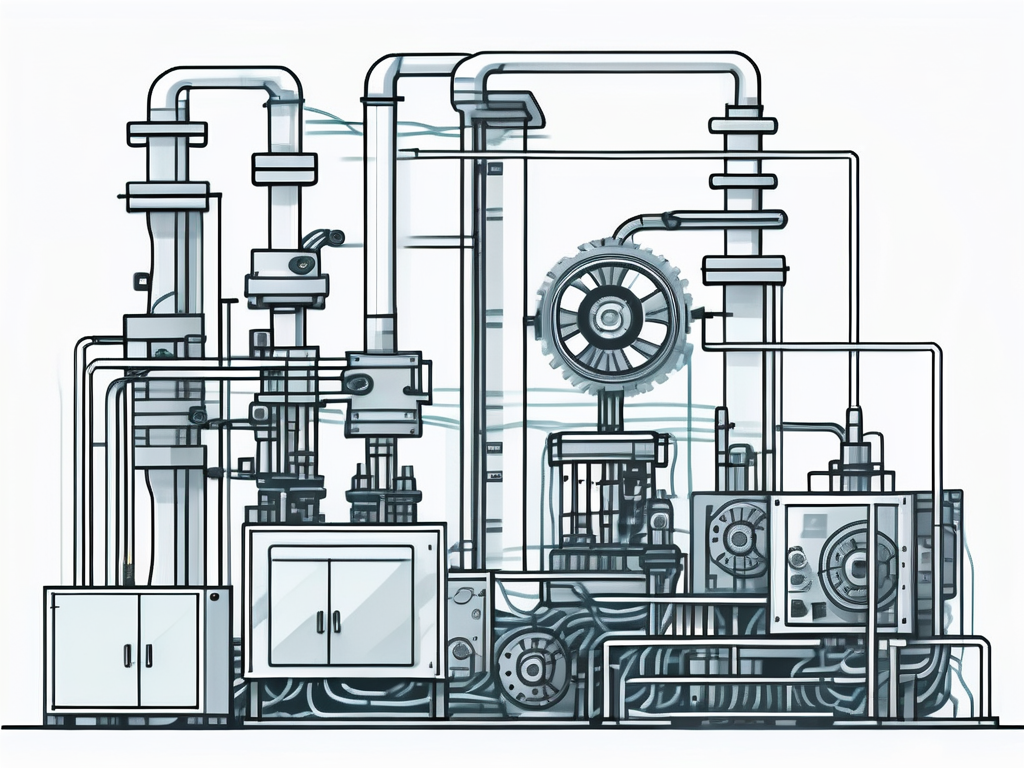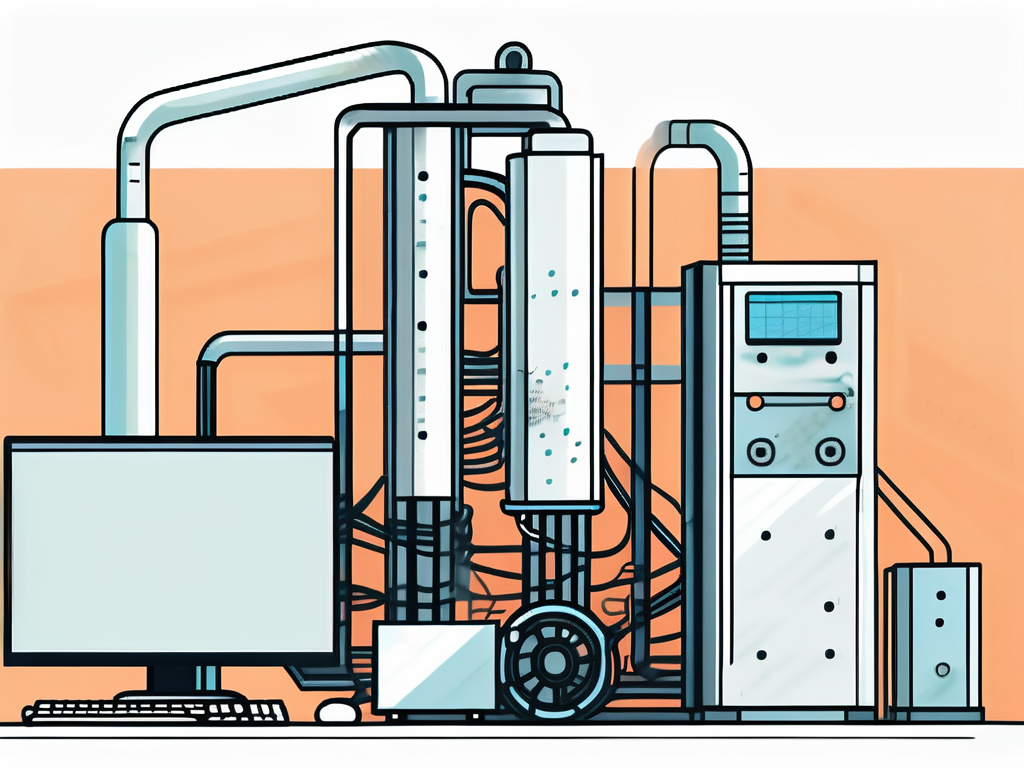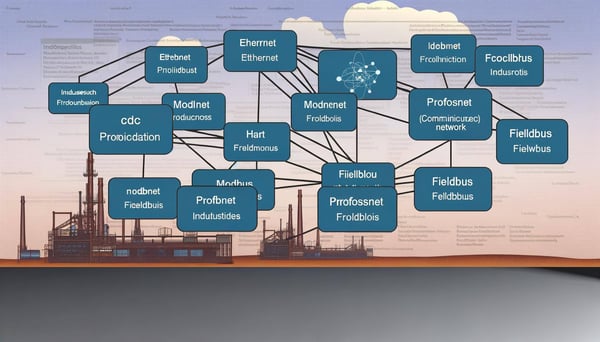
Fundamentals of Umati
In the world of industrial automation, protocols play a crucial role in ensuring seamless communication between machines and systems. One such protocol that has been making waves in the industry is Umati. Umati, which stands for Universal Machine Tool Interface, is a groundbreaking protocol that aims to standardize machine tool interfaces, thus revolutionizing the way machines communicate with each other.
Understanding Umati: A Game Changer in Industrial Automation
Umati is a protocol that was developed with the vision of creating a universal language for machine tools. It is based on OPC UA, a widely used industrial communication protocol that ensures secure and reliable data transfer. Umati leverages the power of OPC UA to enable seamless and standardized communication between machine tools, regardless of the manufacturer or model.

What sets Umati apart from other protocols is its focus on interoperability. In the past, machine tools from different manufacturers often had trouble communicating with each other due to incompatible protocols. This led to inefficiencies and increased costs. Umati aims to solve this problem by providing a common language that all machine tools can understand.
The Benefits of Umati
Increased Efficiency
One of the primary benefits of Umati is increased efficiency. By standardizing the communication protocol, Umati eliminates the need for custom interfaces for each machine tool. This not only reduces the time and effort required to integrate new machines into a system, but also makes it easier to manage and maintain the system.
Furthermore, Umati allows for real-time data exchange between machines. This enables operators to monitor the performance of the machines in real time, allowing them to identify and address issues promptly. This can significantly improve the overall efficiency of the system.
Reduced Costs
Another major benefit of Umati is cost savings. The standardization of the communication protocol means that manufacturers no longer need to invest in developing and maintaining custom interfaces for their machines. This can result in significant cost savings in the long run.
Moreover, the improved efficiency and real-time monitoring enabled by Umati can also lead to cost savings. By identifying and addressing issues promptly, operators can prevent costly downtime and repairs. Additionally, the real-time data can be used to optimize the operation of the machines, further reducing costs.
Implementing Umati in Your Business
Implementing Umati in your business can be a game changer. However, it requires careful planning and execution. Here are some steps you can take to successfully implement Umati in your business.

Assess Your Current System
The first step in implementing Umati is to assess your current system. This involves identifying the machine tools in your system and their current communication protocols. This will give you a clear picture of the changes that need to be made to implement Umati.
It's also important to assess the capabilities of your current system. Umati requires a certain level of technological infrastructure to function effectively. Therefore, you may need to upgrade your system to meet these requirements.
Choose the Right Tools
Choosing the right tools is crucial for the successful implementation of Umati. This includes both the hardware and software required to support the protocol. It's important to choose tools that are compatible with Umati and can meet the demands of your system.
When choosing tools, it's also important to consider the future needs of your business. The tools should be scalable and flexible enough to accommodate future growth and changes in your business.
Train Your Staff
Training your staff is another important step in implementing Umati. Your staff will need to understand how Umati works and how to use it effectively. This may involve training on the new tools and software, as well as training on the principles and practices of Umati.
Training should be ongoing to ensure that your staff stays up-to-date with the latest developments in Umati. This will ensure that your business continues to reap the benefits of Umati in the long run.
Conclusion
Umati is a revolutionary protocol that has the potential to transform the world of industrial automation. By standardizing the communication protocol for machine tools, Umati can increase efficiency, reduce costs, and improve the overall performance of your system. With careful planning and execution, you can successfully implement Umati in your business and reap these benefits.
As the world of industrial automation continues to evolve, protocols like Umati will play an increasingly important role. By staying ahead of the curve and adopting these technologies, businesses can gain a competitive edge and ensure their long-term success.



